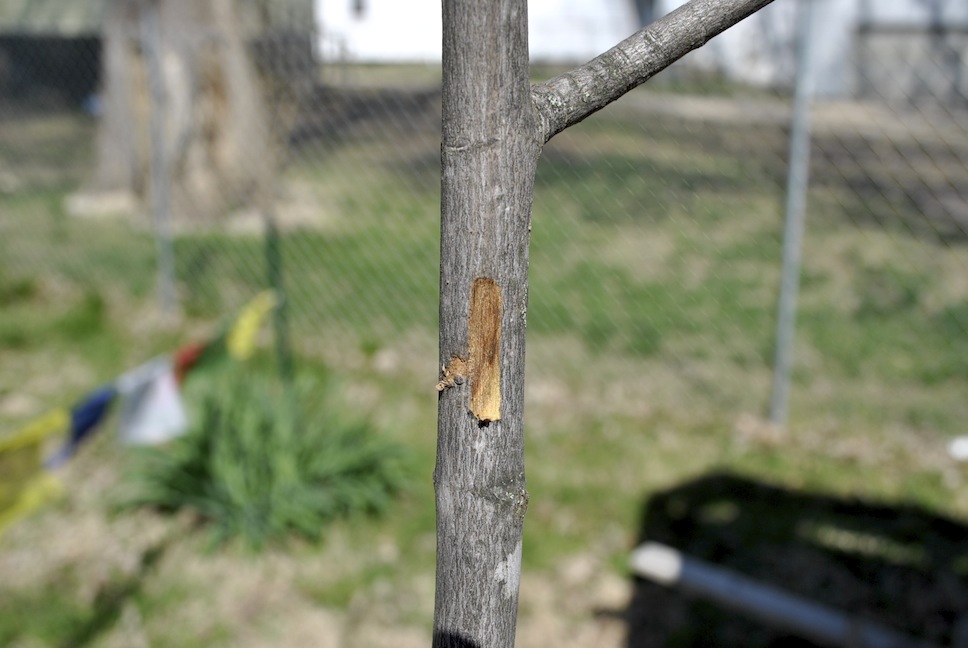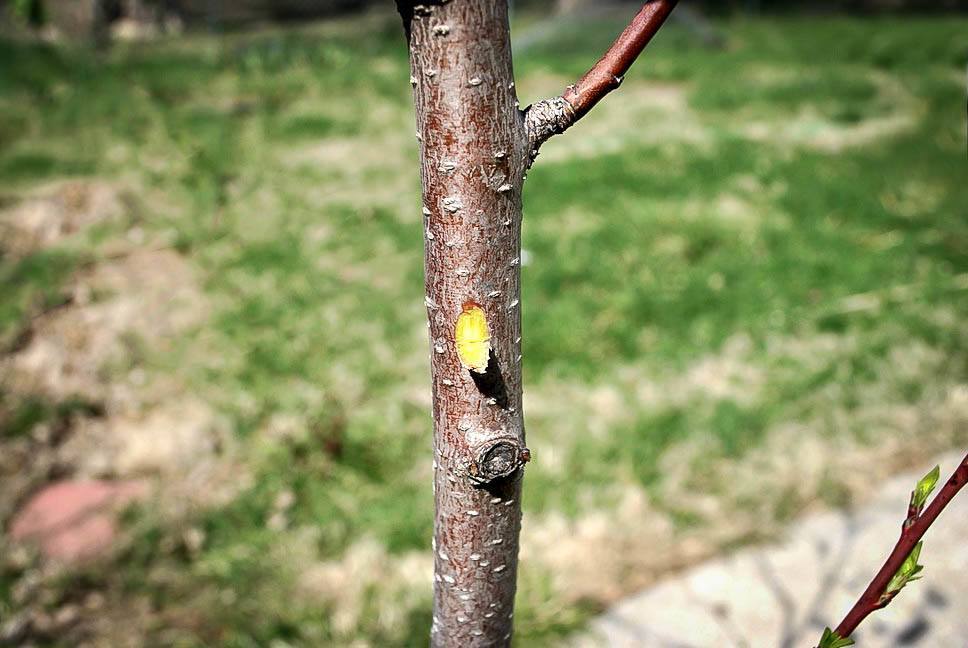Tree Scratch Test
Have you ever looked at your trees and wondered if they were healthy? Or perhaps you're concerned about a tree that's not looking quite right. One effective way to determine a tree's health is through a scratch test. By scratching the bark of a tree, you can gather important information about its vitality and overall health. In this post, we'll explain everything you need to know about tree scratch test, including its target, benefits, and how to conduct one properly.
The pain points related to tree scratch test
If you're not familiar with tree scratch test, you may be hesitant to try it out. Perhaps you're concerned about damaging your trees or don't know what signs to look for. Additionally, you might be worried about misinterpreting the results and making a mistake that could harm your trees in the long run. Fortunately, by learning more about tree scratch test, you can overcome these challenges and get the information you need to keep your trees healthy and strong.
The target of tree scratch test
The primary target of tree scratch test is to determine whether a tree is healthy or not. Specifically, a scratch test can tell you if your tree is alive or dead, and how healthy the living portions of the tree are. By scratching the bark, you can see if the tissue beneath is moist and green (a sign of good health), or dry and brown (a sign of sickness or disease).
The benefits of tree scratch test
The benefits of tree scratch test are numerous. First and foremost, this method can help you quickly determine the overall health of your trees without having to wait for visual clues. Additionally, tree scratch test can help you identify potential issues before they become major problems, allowing you to take preventative measures to keep your trees healthy. Finally, by using this method, you can reduce the likelihood of misinterpreting signs or symptoms and making the wrong diagnosis.
How to conduct a tree scratch test
To conduct a tree scratch test, start by selecting an area of the tree to test. You can choose any location on the tree, but be sure to pick an area that is representative of the overall health of the tree. Next, use a sharp tool such as a knife or chisel to remove a small section of bark (no more than 1/2 inch wide). Look at the tissue beneath the bark to determine its color and texture. If the tissue is moist and green, the tree is healthy. If the tissue is dry, brown, or crumbly, the tree may be sick or dying.
The different signs to watch for
In general, there are a few different signs to watch for when conducting a tree scratch test. First, look for signs of moisture (or lack thereof). Moist, green tissue is a sign of good health, while dry, brown tissue is a sign of sickness or disease. Additionally, look for signs of decay or rot, which can indicate a more serious problem. Finally, look for signs of insect infestation, which can be a major threat to trees.
When to conduct a tree scratch test
The best time to conduct a tree scratch test is during the growing season, when the tree is actively growing and producing leaves. This will give you the most accurate results and help you identify any potential issues before they become major problems.
Questions and Answers about tree scratch test
Q: Can I use a scratch test on any type of tree?
A: Yes, you can use a scratch test on any type of tree. However, some species may have unique characteristics that require special attention or modifications to the testing method.
Q: How often should I conduct a scratch test on my trees?
A: You should conduct a scratch test on your trees as often as you feel is necessary. However, for most trees, once per year is sufficient to detect any potential issues.
Q: What should I do if my tree fails the scratch test?
A: If your tree fails the scratch test, it's important to take action right away. This may involve trimming dead or damaged branches, watering the tree more frequently, or applying fertilizer or other treatments to improve its health.
Q: Is it safe to conduct a scratch test on my trees?
A: Yes, scratch testing is safe for most trees. However, it's important to use a sharp tool and take care not to damage the tree when conducting the test.
Conclusion of tree scratch test
Tree scratch test is a simple but effective way to determine the overall health of your trees. By scratching the bark and observing the tissue beneath, you can quickly identify potential issues and take corrective action to keep your trees healthy and strong. Whether you're a professional landscaper or a homeowner with a single tree, learning how to conduct a scratch test can be an invaluable tool for keeping your trees in top condition.
Gallery
How To Tell If Your Tree Is Sick, Dying, Or Dead: | John Madison Landscape
Photo Credit by: bing.com / tree dead if tell test dying scratch sick when root bare dormant warranty forestry courtesy
How To Do A Scratch Test On Trees & Plants - Stark Bro's

Photo Credit by: bing.com / scratch test tree dead trees plants trunk wood oak signs tissue orchard
Tree-scratch-test-green - Alexander Tree Care

Photo Credit by: bing.com / scratch
Home Orchard Management @ Royal Oak Farm Orchard: How To Do A Scratch
Photo Credit by: bing.com / scratch test plants trees berry plant green dead orchard vines prune cane oak royal farm management wood growth after
Home Orchard Management @ Royal Oak Farm Orchard: How To Do A Scratch
Photo Credit by: bing.com / scratch test tree trees plants dead green oak orchard living royal farm management bottom larger click after